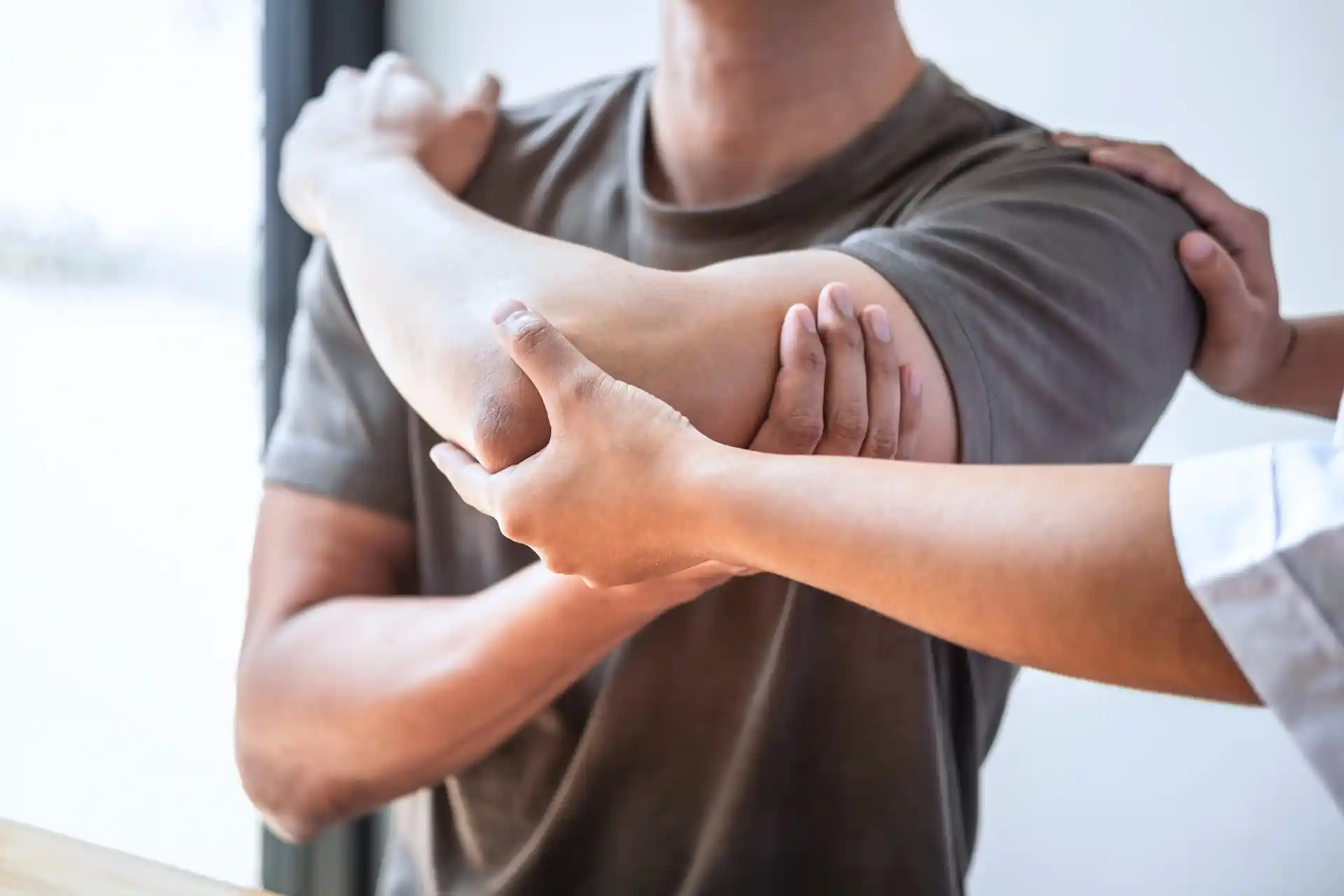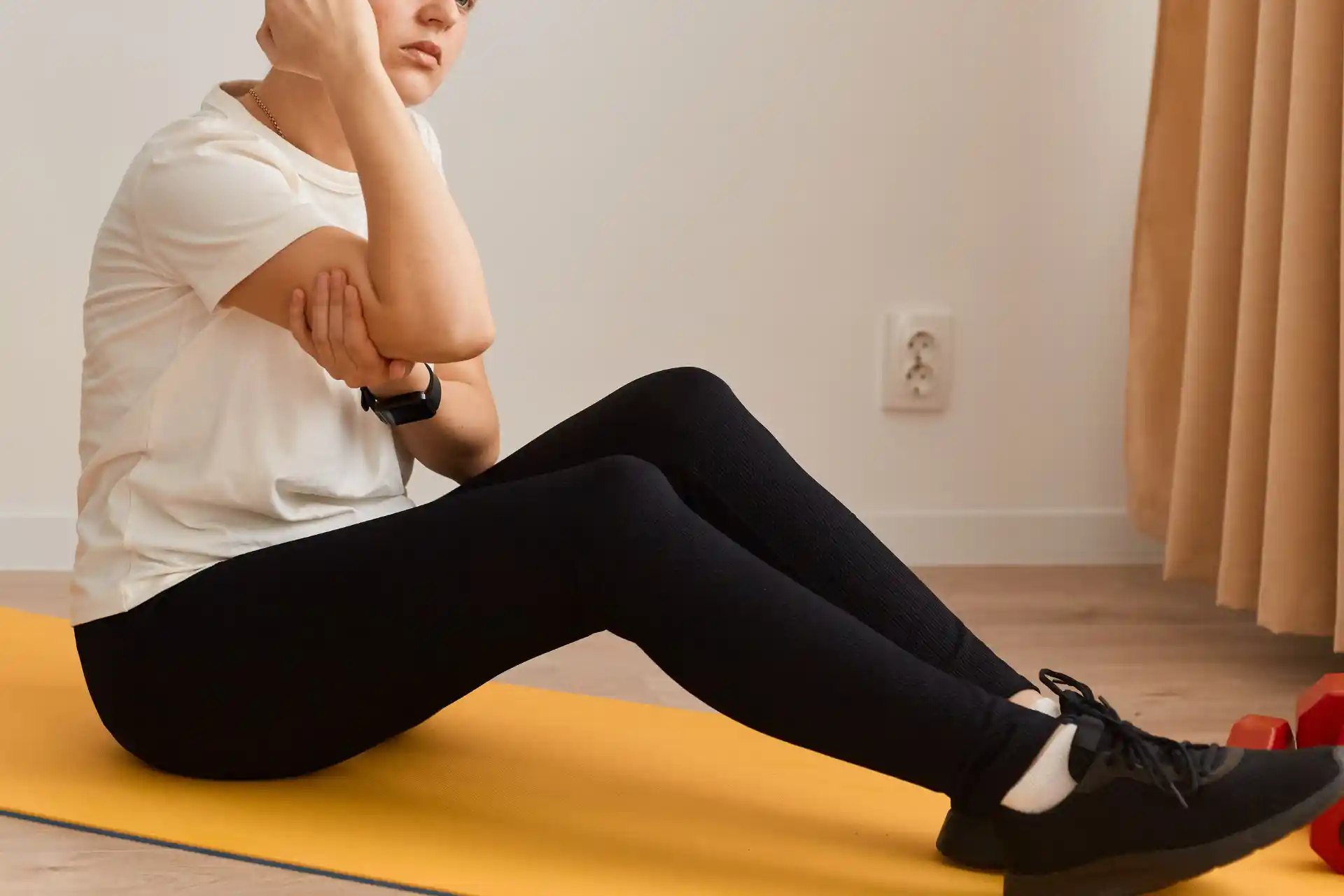Getting To Know CRPS
If you or someone close to you has been exploring treatment for Complex Regional Pain Syndrome (CRPS), you know how overwhelming the condition can feel.
CRPS often develops after an injury or surgery, though sometimes no clear trigger is found. A defining feature is persistent, intense pain in a limb such as the hand, arm, foot, or leg.
While CRPS is rare, it affects around 80,000 people each year in the U.S. The encouraging news is that many people do improve when they receive timely, multi-faceted care.
CRPS often requires a blended approach: medical interventions, physical rehabilitation, and emotional support.
By learning your options, you give yourself the best chance to reduce discomfort, maintain mobility, and continue the activities that matter to you.
How Treatment Helps You
While CRPS can feel daunting, it helps to realize that treatment is rarely one-size-fits-all. If you are addressing CRPS for the first time, be ready to explore several possible solutions.
You might be prescribed medications that ease nerve irritation, or you may work closely with a physical therapist who can guide you through exercises to maintain or restore mobility.
In more advanced cases, recommended treatments can include spinal cord stimulation or even emerging clinical trials at research centers.
Above all, your plan will typically evolve, so staying in communication with your health providers is crucial.
Medications And Pain Relief
Over-The-Counter And Prescription Drugs
A range of medications may address the different pain pathways linked to CRPS:
- Nonsteroidal Anti-Inflammatory Drugs (NSAIDs): Medications such as ibuprofen can help with mild to moderate inflammation and pain. Early intervention with NSAIDs may slow the inflammatory cascade, though they rarely eliminate severe pain on their own.
- Anticonvulsants: Gabapentin and pregabalin, originally designed for epilepsy, are commonly used to calm nerve-based discomfort. Studies indicate gabapentin can offer mild to moderate relief from neuropathic pain (PubMed Central).
- Tricyclic Antidepressants (TCAs): Amitriptyline or nortriptyline can moderate pain signals by boosting certain neurotransmitters that suppress pain. You might be surprised to learn that some antidepressants are routinely used for nerve pain because of how they affect pain perception.
- Opioids: These may be considered for severe, unrelenting pain. However, they carry risks, including dependence and tolerance. If your care team suggests opioids, you will likely be monitored closely to watch for side effects.
- Bisphosphonates: Drugs like alendronate are sometimes used for CRPS, especially where bone remodeling issues arise. Smaller studies show promise, but larger, randomized trials remain limited (PubMed Central).
A balanced medication plan should take your overall health into account. Discuss any side effects early so your provider can adjust the dosage or switch to better-tolerated medications.
If you have other neuropathic conditions—such as diabetic neuropathy or small fiber neuropathy—a specialist might tailor your medication regimen to address overlapping symptoms.
Localized Interventions
When oral medications are not enough, doctor-administered treatments may be effective:
- Nerve Blocks: A targeted injection can temporarily quiet pain signals in the nerves connected to the affected region. Relief can last from a few days to several weeks, depending on how your body responds.
- Spinal Cord Stimulation (SCS): A device implanted under your skin delivers electrical impulses to nerve fibers in the spinal cord. A 2023 review suggests SCS can help some people regain mobility and reduce pain intensely enough to resume daily activities (NCBI).
- Dorsal Root Ganglion Stimulation (DRGS): Similar to SCS but focused on the dorsal root ganglion—an area believed to greatly influence pain signals—DRGS may be useful if traditional stimulation methods fail.
These interventions can be life-altering if they significantly cut pain and improve quality of life. Still, they are more invasive, so your doctors will probably weigh them after trying less invasive solutions.
Physical And Movement Therapies
Movement-based therapy is fundamental to CRPS treatment, since lack of activity can lead to stiff joints, muscle loss, and more pain:
Physical Therapy Essentials
Regular, gentle exercises can help maintain range of motion, boost circulation, and reduce swelling. A 2022 approach to CRPS involves gradually challenging your affected limb without triggering flare-ups.
Some examples:
- Range-of-Motion Drills: Slow bending and straightening encourage joint flexibility.
- Light Strengthening: Low-resistance activities maintain muscle mass and prevent extreme weakness.
- Aquatic Therapy: Warm water can soothe pain, unweight swollen joints, and let you start moving safely. Research shows aquatic therapy may reduce edema and improve circulation (PMC).
Graded Motor Imagery
Graded Motor Imagery (GMI) helps you visualize movements before actually performing them. It is a step-by-step process shown to reduce pain and restore functional movement in CRPS.
You begin by looking at images or mirrors to “trick” your brain into seeing a healthy limb. Over time, you might use mirror therapy, where you move your unaffected limb while watching its reflection—your brain believes the painful limb moves freely. These illusions can lessen pain signals and improve mobility.
Setting Goals In Rehab
Your physical therapist might start by determining how severely CRPS limits your daily tasks. Then they will structure exercises to meet personal goals—such as comfortably picking up a cup or climbing stairs. This approach encourages slow, consistent progress rather than rushing through intense exercises that might provoke a setback.
Remember, your body needs time to adapt. Even a few minutes of mild bending or stretching can help. Celebrating small wins is vital, especially if CRPS has made you feel stuck. Each incremental improvement in range of motion, strength, or pain level is a sign you are heading in the right direction.
Emotional And Mental Support
Why Your Mind Matters
CRPS is more than just physical pain. Ongoing discomfort can strain your mental health and relationships. Sometimes the people around you do not fully grasp the intensity of your pain.
CRPS may recur in times of high emotional stress, hinting at how deeply connected your psychological and physical well-being can be (Mayo Clinic).
Some useful strategies include:
- Cognitive Behavioral Therapy (CBT), which reframes negative thought patterns around pain
- Support groups that connect you with people who understand the challenges firsthand
- Relaxation practices like guided imagery or progressive muscle relaxation
- Professional counseling to strengthen coping skills and relationships
Anxiety and depression are not uncommon during chronic pain. You might feel frustrated, isolated, or misunderstood.
The good news is that mental health therapies—especially when woven into your overall plan—may ease your symptoms and lift your resilience.
Plus, it helps to share validated resources about CRPS with friends and family. Educating them fosters a deeper understanding, which can reduce loneliness.
New And Experimental Options
Innovative Devices And Techniques
Cutting-edge research explores fresh strategies for people who find little relief in standard therapies:
- Closed-Loop Deep Brain Stimulation: UCSF is testing adaptive stimulation that targets multiple brain regions for longer-lasting relief (UCSF Clinical Trials).
- Transcranial Magnetic Stimulation (TMS): This noninvasive approach delivers magnetic pulses to your primary motor cortex, potentially reducing neuropathic pain. Ongoing trials aim to see how well TMS works for CRPS pain specifically (UCSF Clinical Trials).
These experimental interventions remain rare and typically require specialized centers, but they show promise. Your future treatment plan might look different from anything you have tried so far, opening the door to new hope.
Seek RELIEF®
RELIEF® is a science-backed treatment that targets dysfunctional fascia, which may contribute to nerve irritation and peripheral neuropathy.
Using a gentle technique called hydrodissection, RELIEF® releases adhered fascia and soft tissue that can press on nerves—helping reduce tingling, burning, numbness, and pain associated with FA and other peripheral neuropathy conditions.1-7
RELIEF® is a minimally invasive alternative to traditional treatments and does not require steroids, long-term medication, surgery, anesthesia, or post-procedure immobilization.
Other Avenues Of Study
CRPS research is slowly expanding. Recent advancements, especially in dorsal root ganglion stimulation, show that the field is seeking innovative ways to tackle chronic pain. However, the rarity of CRPS still limits large-scale clinical trials.
If you decide to participate in research, you could gain access to emerging approaches—while helping scientists build a richer evidence base for CRPS.
Putting It All Together: A Step-By-Step Plan
Because CRPS evolves over time, treatment often shifts with it. You may find yourself adjusting medications, revising therapy routines, or seeking new support resources. The most effective strategy is to build a step-by-step plan that combines:
- Medications to calm pain signals
- Physical therapy to preserve mobility
- Emotional support to protect mental health
- Advanced interventions if conservative care is not enough
Each of these elements adds strength to the whole, helping you manage CRPS from multiple angles.
Building a daily or weekly plan—no matter how modest—can give you a sense of direction.
You might not see overnight results, but consistent effort can spark measurable improvements. Every small victory, like completing a gentle stretch or sleeping better, counts toward a healthier, more active life.
To learn more about other nerve-related conditions, check out our articles on nerve compression, sciatica, hip impingement, and carpal tunnel syndrome.
If you’re in the Miami area and seeking relief from peripheral neuropathy, contact us today to schedule a consultation.






.svg)